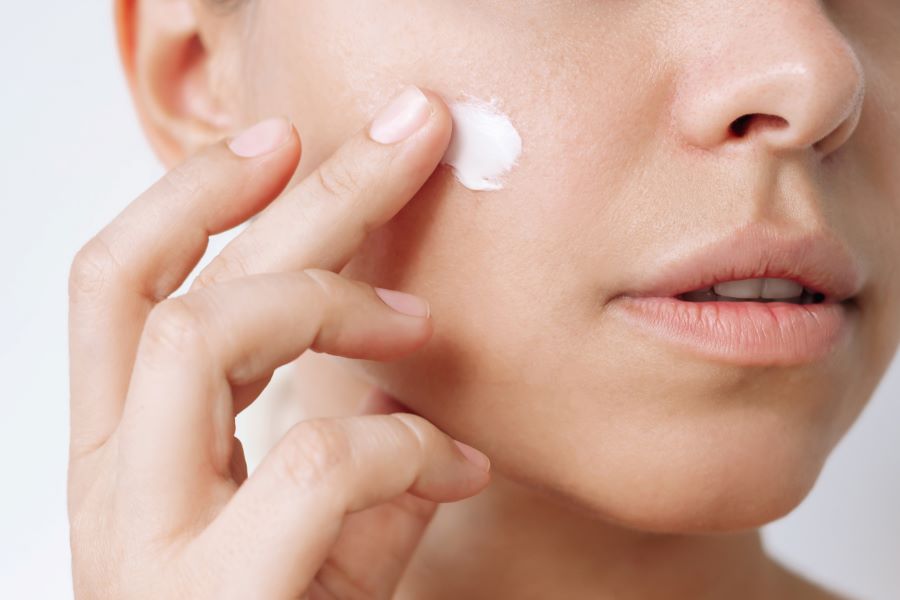Peptide-Based Alternatives to Botox: What’s Behind the New Generation of Anti-Wrinkle Creams
Skincare science is moving fast, and a new class of face creams is drawing attention for their Botox-like effects—without the need for injections. Formulated with neuromodulating peptides like Argireline, SNAP-8, Syn-Ake, and acetyl hexapeptide-8, these cosmeceutical-grade creams are designed to target dynamic wrinkles by relaxing facial tension and minimizing the appearance of expression lines. From forehead creases to fine lines around the eyes, these topical formulas aim to replicate the wrinkle-smoothing results of Botox with at-home convenience. But how do they really work—and what should you look for on the label?

How Do Argireline and SNAP-8 Work on Facial Muscles?
Argireline (acetyl hexapeptide-3) and SNAP-8 are synthetic peptides that work by limiting muscle contraction signals at the neuromuscular junction. When applied topically, these compounds interfere with the proteins responsible for muscle contractions, potentially reducing the formation of expression lines. While less potent than Botox, these peptides can help minimize the appearance of wrinkles, particularly in areas prone to repetitive movements like the forehead and around the eyes.
Understanding the Science Behind Syn-Ake’s “Freeze” Effect
Syn-Ake, a synthetic tripeptide, mimics the effects of Waglerin-1, a peptide found in temple viper venom. This ingredient works by blocking nicotinic acetylcholine receptors, which temporarily inhibits muscle contractions. Clinical studies suggest that Syn-Ake can reduce wrinkle depth by up to 52% when used consistently over 28 days, though results vary among individuals.
Hexapeptides vs. Injectable Treatments: Key Differences
While both target muscle movement, hexapeptides in creams differ significantly from injectable neuromodulators. Topical peptides have limited penetration ability and offer more subtle results compared to Botox injections. However, they provide gradual improvement without downtime and can be safely used daily. The main limitation is their inability to reach deeper muscle layers as effectively as injections.
The Role of Neuromodulating Actives in Modern Skincare
Neuromodulating peptides represent a significant advancement in cosmeceutical skincare. These active ingredients work through multiple mechanisms: reducing muscle contractions, stimulating collagen production, and improving skin barrier function. Their effectiveness depends on factors like molecular size, delivery system, and concentration in the formula.
What to Expect from Daily Use of Botox-Inspired Creams
Results from peptide-based creams typically appear after 4-8 weeks of consistent use. Users may notice:
-
Softening of fine lines within the first month
-
Reduced appearance of expression wrinkles after 2-3 months
-
Improved skin texture and firmness with ongoing use
| Product Type | Key Peptides | Average Cost Range | Expected Results Timeline |
|---|---|---|---|
| Basic Peptide Creams | Argireline | $30-60 | 4-8 weeks |
| Advanced Formulations | SNAP-8, Syn-Ake | $70-150 | 2-4 weeks |
| Professional Grade | Multiple peptide complexes | $150-300+ | 2-3 weeks |
Prices, rates, or cost estimates mentioned in this article are based on the latest available information but may change over time. Independent research is advised before making financial decisions.
While peptide-based creams won’t replicate the dramatic results of Botox injections, they offer a promising alternative for those seeking non-invasive wrinkle reduction. Their effectiveness depends on consistent application and proper formulation, with best results achieved when incorporated into a comprehensive skincare routine.
This article is for informational purposes only and should not be considered medical advice. Please consult a qualified healthcare professional for personalized guidance and treatment.




